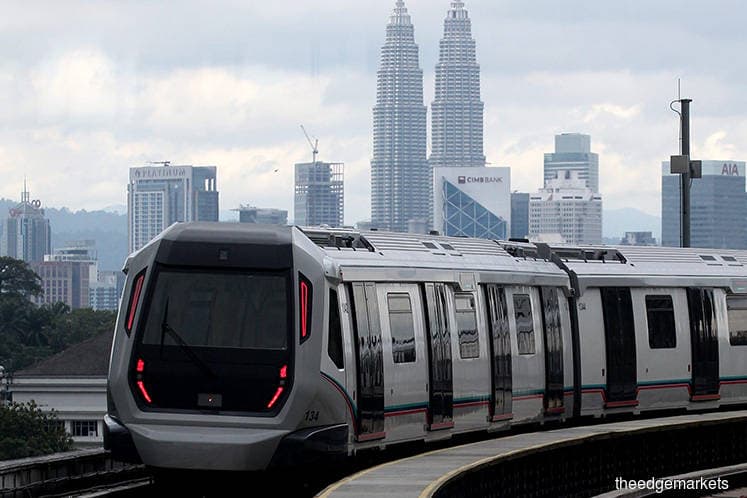
KUALA LUMPUR (Oct 24): Malaysia's land public transport sector is expected to accelerate the creation of some 100,000 technical and high-skilled engineering jobs with opportunities in complex, cutting-edge projects in the next decade.
Prime Minister Datuk Seri Najib Razak said they include projects such as the Kuala Lumpur-Singapore High Speed Rail (HSR), East Coast Rail Link (ECRL) and Rapid Transit System (RTS) apart from the Klang Valley Mass Rapid Transit (KVMRT) project now.
"They will be the backbone of our rail system, and more than that, if we get it right, we may be able to export high quality and high value Malaysian expertise overseas to help build mega infrastructure projects in other countries requiring expert input.
"These are the added benefits that we stand to gain as we continue to build projects for the rakyat and invest in strengthening our human capital," read his speech at the Reimagining Transportation: Sustainable Mobility Symposium yesterday, which was posted on his blog.
Najib said by 2027, when the ECRL, HSR, and Johor Bahru-Woodlands (North) RTS and other urban rail lines are completed, rail mileage across the nation would be nearly 3,000km, 65% more than the present rail network, which is a major infrastructure enhancement.
He said the billions of ringgit invested in building and upgrading rail network in both intercity and Greater Kuala Lumpur/Klang Valley saw the expansion of the urban rail network to 369km from 279km.
It is expected to grow to 505km with the completion of Light Rail Transit 3, MRT2 and MRT3 Circle Line. Feasibility studies are being carried out for the circle line, he said.
He noted that work was far from over and has set a new goal under the 2050 National Transformation Plan to be a top 20 country by the year 2050 with public transportation part and parcel of the goal.
He said new technology, disruptive business models and commuters' demand for higher service transformed the way transportation is planned for future cities.
"Driverless vehicles, predictive maintenance for trains, electric cars — who knows what else the future will unveil?" he said.
He pointed out that daily average ridership across all rail lines from January to August 2017 rose 12% from 570,021 to 638,605.
The MRT Line 1 from Sungai Buloh to Kajang saw a weekly ridership of 800,000 passengers between July and August, and over a million passengers from Aug 27 to Sept 3.
Najib said according to the Land Public Transport Commission (SPAD), some 40,000 cars are removed from the roads daily since the MRT Line 1 commence operations.
He added that in order to increase ridership, SPAD would make transit more seamless by launching the Journey Planner by end of this year and implement the integrated common payment system by 2019.
On commuters' feedback, Najib said 84% of respondents in the 2016 Customer Satisfaction Index — an independent survey carried out by SPAD — are satisfied with the urban public transport, an increase of 10% from 2015.